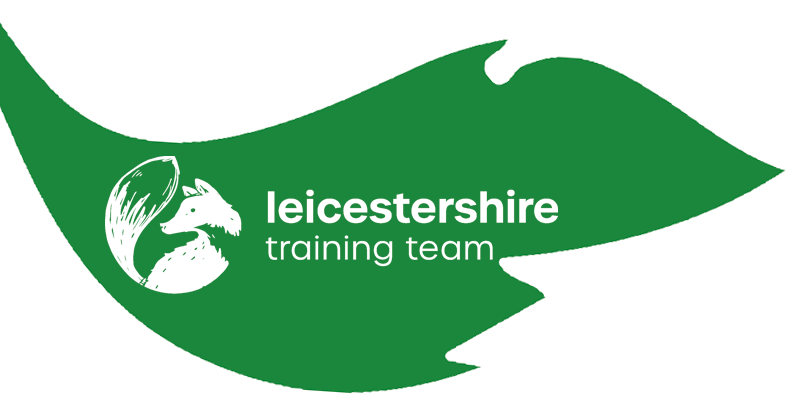What are the 3 principles of first aid?
Posted on 17th February 2022
There are millions of first aiders around the world, and all of them follow the same principles. These universal priorities of first aid are something all first aiders must know and follow.
In this article, we cover all you need to know including (click the sentence to head straight there):
Lets get straight to it!
What is First Aid?
There will be no surprise when we say, First Aid is the initial support a person receives after an injury or after becoming unwell. However, it is much more than this. First aid is also categorised by support given to someone by a non-registered healthcare professional, such as a nurse or doctor. This does not mean first aiders aren't trained, because they most definitely are. Whether this is just a half days training or the full three days of a First Aid at Work course. Although you don't need to be trained to provide first aid, it makes everything much easier if you are!
First aid can consist of anything from cleaning a wound and providing a plaster to CPR to save someones life and everything else in between. We support the motion that first aid should be taught in primary & secondary schools as it is an essential life skill.
Preserving Life
This is one of the most fundamental principles of first aid. Your role is not to cure the person, but to prevent them from dying, and if needed, undertake CPR to prevent them from having lasting brain damage which will negatively impact their ability to survive after support from trained professionals. That's quite a role! First aiders are absolutely crucial in preserving life and there's no hiding from the fact that without them, many more people won't be alive today.
For a first aid, it's key to remember to ensure you preserve your own life too. There's a saying in first aid, 'Be a selfish first aider' sounds harsh doesn't it! The point of this is to remind people that the first aider is the one who can provide a trained response in an emergency, if they become injured, now there's no one who can effectively help; that's a much worse situation. This is why first aiders get taught to check for danger prior to doing anything else.
Unfortunately at times, a first aider isn't in a position where they can help a casualty because the environment is too dangerous for them. However situations can change in an instant, and with a first aider who has protected themselves, they are ready to spring into action.

Prevent Deterioration
Prevent deterioration may sound similar to preserving life, however it covers a different aspect of first aid and therefore earns the right to been defined as its own principle.
Preventing deterioration is as it sounds, preventing the casualty's situation from becoming worse. Not all injuries and medical situations are life-threatening, such as an asthma attack or a seizure. But don't be fooled, these can become life-threatening if the situation takes a turn for the worst. So instead of trying to preserve the casualty's life by carrying out life saving interventions, the role of the first aider is to help prevent the casualty's asthma attack lasting longer. After all our ability to breath effectively is the most important aspect of first aid. When someone is experiencing an asthma attack, it is essential they receive the support and medical intervention as soon as possible before anyone needs to start life saving interventions.
First aiders are taught that preventing deterioration is a crucial principle, but they must be aware this is not always something they can do. Some situations are out of their control. We can stop bleeding, cool burns, treat anaphylactic shocks, but we can't necessarily control someone's breathing or the impact of the poison they have accidentally inhaled. Monitoring the casualty for deterioration and then acting on this to prevent further deterioration is another critical aspect to this first aid principle.

We hope this has been useful for you and answered any queries about the 3 principles of first aid.
Free feel to check out our other blogs for more information about a whole range of topics, and contact us for first aid training Leicester.
Share this post:





